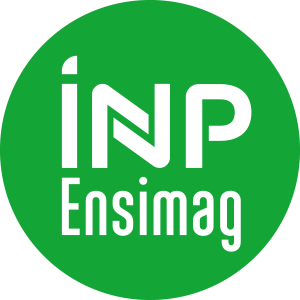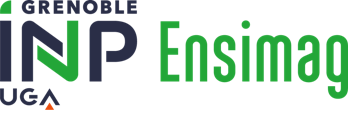Number of hours
- Lectures 27.0
- Projects 24.0
- Tutorials 9.0
ECTS
ECTS 3.0
Goal(s)
Computer-generated images are now spreading every-where, from the audio-visual applications (such as special effects in cinema) to video-games and virtual reality (such as flight simulators). The first part of this course reviews the most important techniques used today in Computer Graphics. The modeling, rendering and animation parts of the process are covered. Practical experience will be given on programming with the OpenGL library.
Contact Nicolas HOLZSCHUCH
Content(s)
1. Modeling and deformations :
- paramétric modeling (extrusion, loft, H-splines, FFD) versus implicit modeling (CSG, skeletons);
- modeling of complexe scenes: scene-graph (VRML), levels of detail.
2. Rendering : - projective rendering and local illumication;
- realistic rendering : textures, ray-tracing, radiosity.
3. Animation : - direct and inverse kinematics, edition of capured motion;
- physically-based animation, layered models, applications.
Prerequisites
good knowledge of C or C++.
Test
personal work on computer and a written exam
N1=(E1+P1+P2)/3
N2=E2
Additional Information
Curriculum->MMIS.->Semester 5



